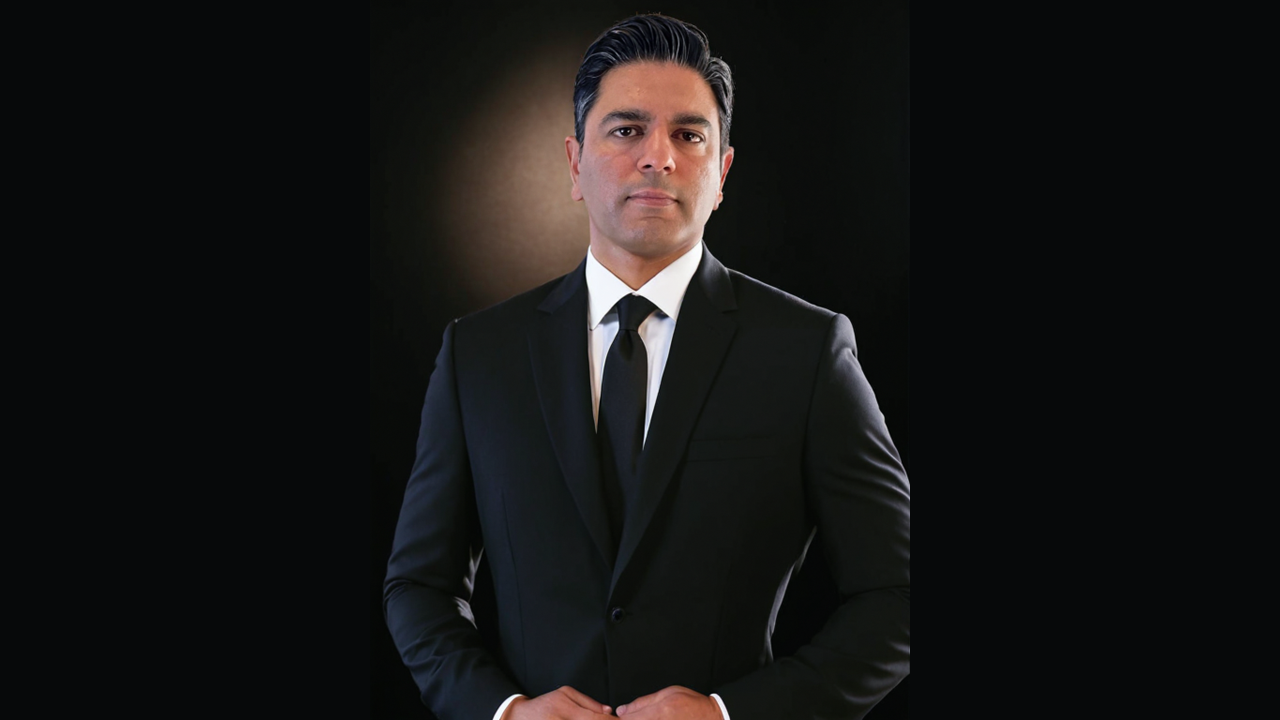Executive edge newsletter
The Hidden ROI Of Leadership Character

Character creates results long before anyone notices its presence.
In the visible world of leadership metrics, character remains the invisible force that multiplies or diminishes everything else. While competencies get measured and skills get trained, character quietly determines whether those visible assets will actually deliver value.
The evidence is compelling.
Organizations led by CEOs with high character ratings achieved nearly five times the return on assets compared to those with weak character leadership. Character isn’t just a moral nicety. It’s a business necessity.
But what exactly constitutes leadership character?
The Dimensions of Leadership Character
Research identifies eleven dimensions of leadership character: integrity, humility, courage, humanity, drive, accountability, temperance, justice, collaboration, transcendence, and judgment.
These dimensions aren’t optional or interchangeable. A leader can’t compensate for low integrity with high drive, or mask poor accountability with strong collaboration skills.
Character functions as an integrated system that powers everything else.
When boards select executives, they typically evaluate competencies, commitment, and character. Of these three, character proves most difficult to assess yet most fundamental to decision-making effectiveness.
Character influences what information leaders seek, how they interpret it, and how they implement decisions.
The Trust Multiplier
Character builds trust. Trust accelerates everything.
People in high-trust companies report 74% less stress, 106% more energy, 50% higher productivity, 13% fewer sick days, 76% more engagement, and 40% less burnout compared to those in low-trust environments.
These aren’t soft benefits. They translate directly to financial performance.
Trust reduces friction in every business process. It speeds decision-making, improves collaboration, enhances innovation, and strengthens customer relationships.
Without the foundation of character, trust becomes impossible to build and maintain.
Character Development as Strategic Investment
Unlike technical skills, character development requires different approaches.
It begins with self-awareness. Leaders must understand their current character strengths and weaknesses before they can develop them.
Next comes intentional practice. Character forms through consistent decisions and actions, not occasional gestures.
Finally, it requires feedback and accountability. Character develops best in environments where truth is valued and honest feedback welcomed.
Organizations that invest in character development create competitive advantages that competitors can’t easily replicate.
Measuring the Unmeasurable
While character itself resists direct measurement, its impacts appear everywhere.
Look at employee engagement scores. Examine customer loyalty metrics. Study innovation rates and implementation success. Review decision quality under pressure.
Behind each of these metrics stands the invisible force of leadership character.
The most successful organizations recognize this connection. They select for character, develop it systematically, and create cultures where character-driven leadership thrives.
In a business world obsessed with visible metrics, character remains the hidden multiplier that determines which organizations merely survive and which truly excel.
The ROI of character isn’t just substantial. It’s foundational to everything else that matters in business.